The manner, in which a dog ambulates or walks, is called “gait”.

When a dog moves around the show ring, it is called “gaiting”. Gait is a complex topic and one that fascinates dog owners who value their pet’s mobility.
Elements of canine gait analysis
A physical therapist analyzes gait by breaking it down into the following elements:
Level of independence
Level of independence represents how independently the dog can walk on their own, do they need any physical assistance?
Assistive devices
Does the dog need assistance and to what degree? Is it minimal, moderate or maximal and what type: via a sling, wheeled cart, brace?
Weight-bearing
Weight-bearing refers to the amount of weight a dog places on its limbs: full, partial, toe-touch or non- weight-bearing. Typically this refers to one or 2 limbs, affected by pain, injury, etc.
Distance or duration a dog can walk
This is measured in feet, meters, miles, or by time. If a dog can only move from room to room it is called “functional” distance, and if longer distances outdoors it is called “recreational or community” distances.
Cadence
Cadence refers to the speed of gait. It is measured in miles per hour or described in general terms such as sluggish, guarded, normal, rapid, etc.
Cycle
The cycle describes when the contact of one paw on the ground begins and ends when that paw again touches the ground.
Each cycle consists of a swing phase (paw is off the ground) and stance phase.
Usually, they are equal but when a problem exists, the swing phase may be shortened (also called short stride length) or the stance phase decreased (as in a limp).
Cycles can also help measure recovery from surgery in terms of a dog beginning to bear weight on a limb, such as with post-cruciate ligament repair.
I might describe in a report to a veterinarian that the dog is partially bearing weight on the limb at least 50% of the gait cycles. As the dog improves it will bear full weight on 80 to 100% of the cycles.

Gait patterns
Now, let’s take a look at the various patterns of gait for quadruped animals, those that walk on four limbs:
Walking
Usually, a dog will start walking from the hind limb, often the left. Walking is a slow, 4-beat gait: L hind followed by R front followed by R hind then L front limb.
Amble
Amble describes a fast walk.
Trot
The trot is a 2-beat, diagonal gait. The L hind moves with the R front limb, and then the R hind moves with the L front limb.
Flying trot
Fast trot is referred to as flying trot.
Pace
The pace is a 2-beat, same-side gait. The L hind moves with the L front, then the R hind/front move together. Pacing often appears like a rolling or waddling gait. It is a normal gait in certain long-limb canine breeds such as Weimaraners.
Pacing is often abnormal and may occur in dogs having pain or weakness. Pacing is a way of walking with minimal energy output, similar to pendulum swinging of the limbs from the spine.
Canter
Canter is a fast 3-beat gait; L hind moves together with diagonal R front, then R hind and L front separately. Many people think the canter is only seen in horses, but it does occur in dogs. I think of it like ‘skipping’ and a frolicking type of gait seen often in toy breeds such as the Min Pin.

Gallop
Sometimes called running, typically both hind limbs push off at the same time, held closely together, followed by the front limbs individually. In some gallops, there is a moment in the cycle where all paws are up off the ground.

Abnormal gait patterns
The final area of gait evaluation consists of deviations or abnormal patterns seen in dogs with injury, pain, disability or disease.
There are too many to discuss in one article and always new ones observed that aren’t in the textbooks! Here is my top 10 list of the most common. If you recognize one of these in your pet it might give you a clue as to what is going on, and then check it out professionally with your dog’s veterinarian or physical therapist.
Antalgia
Antalgia, or limping refers to the dog lifting the limb up off the ground too early in the cycle, favoring it. It also means the dog is spending less time on that limb in the stance phase of the gait cycle. Antalgia is an indication of pain.
Ataxia
Ataxia refers to staggering or moving clumsily, unable to balance or control movements well. It indicates neurological problems in the brain (brainstem or cerebellum), spinal cord or vestibular problems from the ear.
Choppy gait
Choppy gait describes quick, short stride lengths often seen in dogs with hip dysplasia, hip arthritis, and shoulder arthritis
Circumduction
Circumduction is a circular, arc-like swinging of the limb during gait, due to tightness in the spine or stiffness of the stifle or elbow joints.
Floating
Floating can be observed when the dog’s front limbs move in an irregular high step or prancing fashion and the front of the body looks like it is floating or lifting up off the ground. This indicates instability in the neck or neurological problems arising from the upper spine.
Head bob
Head bob describes the gait during which the dog’s head bobs up and down during each step, in an over exaggerated style. This usually indicates pain on stepping due to arthritis, bone spur, soft tissue injury, paw injury, etc. The excessive head and neck movement is an attempt to take the weight off the painful area during the stance phase of gait.
Hitching
Hitching is typically seen in the rear limb, a hiking-up or jerking- up motion at the hip, indicates tightness, stiffness or pain in the lumbar or sacroiliac joints, hip, pelvis or stifle and occurs during the swing, non-weight bearing gait phase.
Knuckling

During knuckling, the dog’s paw will curl under with the digits tucked beneath, resulting in a rolling over onto the knuckles, instead of landing flat on the toe pads. Knuckling usually indicates weakness, primarily of neurological origin from the spine and spinal nerves.
Scissoring

This term describes a gait during which the dog’s hind limbs are held very closely together or crossed over each other during gait. It usually indicates spastic nerve problems coming from pressure on the spinal cord but can also be seen in Degenerative Myelopathy.
Scissoring can occur with the front limbs and that is normal in some dog breeds.
Steppage
Steppage is an exaggerated lifting of the entire limb off the ground during the swing phase of gait, occurring when there is weakness or loss of control of the paw movements. It is usually associated with drop-paw, trauma, neuropathy, peripheral nerve injuries (those that occur away from the spine and spinal cord.
Author: Susan E. Davis PT
Link: https://mydogsymptoms.com/understanding-canine-gait/
For more on Gait Analysis & Rehab, check this out:
Need a virtual consult with a rehab expert? Click below:
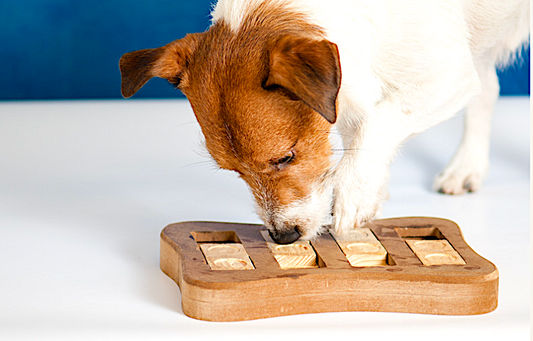
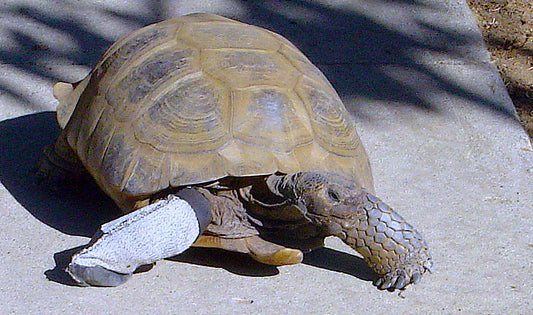
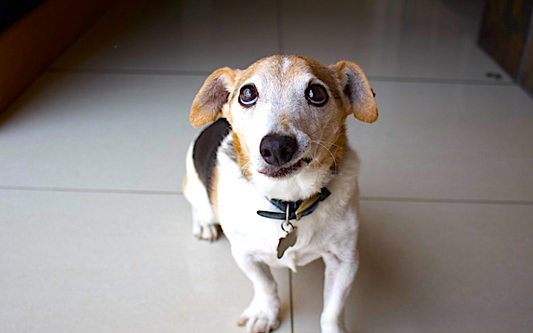
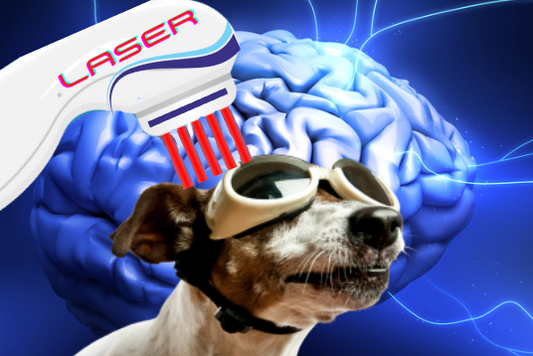
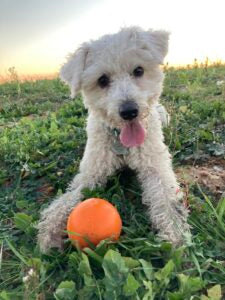




1 comment
I am looking for exercises for the front feet. My 10yo Lexi Border Collie’s feet are relaxing and spreading out. Swimming seems to be tightening them. I don’t let her jump down. What can I do to help her?